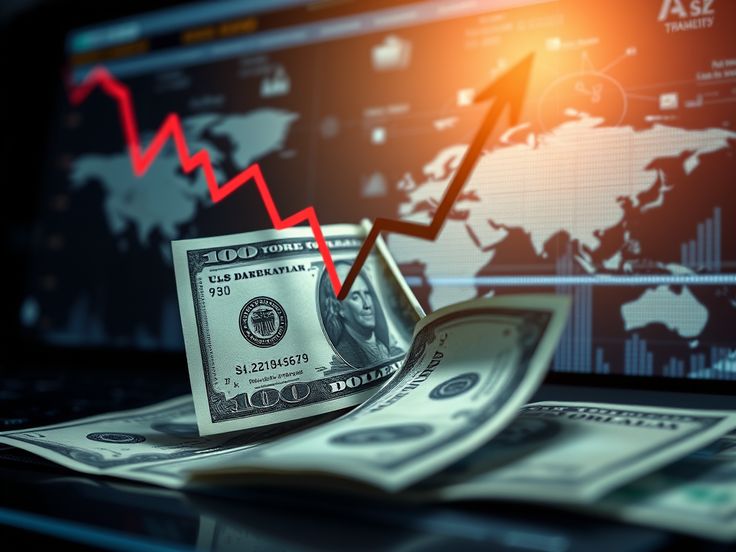Introduction
In the fast-paced world of financial markets, news has the power to move prices in dramatic ways. From central bank announcements to geopolitical tensions and economic reports, timely information can be a game-changer. News-based trading, also known as event-driven trading, involves making trading decisions based on the impact of news events. But how exactly does it work? And how can you harness it to your advantage?
This guide will walk you through the essentials of news-based trading, how to analyze market reactions, and strategies to manage risk while capitalizing on volatility.
What Is News-Based Trading?
News-based trading is a strategy where traders take positions based on market-moving news releases or economic data. The goal is to predict how the market will react to a specific piece of news and profit from the resulting price movement.
There are two main approaches:
- Anticipatory Trading – Opening positions before the news is released, based on expectations.
- Reactive Trading – Entering trades immediately after news is released, based on actual outcomes.
Types of Economic News That Impact Markets
Not all news is created equal. Some reports have a greater influence on price movements. Here are some of the most impactful economic events:
- Central Bank Announcements
Interest rate decisions (e.g., by the Federal Reserve, ECB)
Monetary policy statements and press conferences
- Employment Data
Non-Farm Payrolls (NFP)
Unemployment rate
Jobless claims
- Inflation Reports
Consumer Price Index (CPI)
Producer Price Index (PPI)
- GDP Data
Quarterly economic growth reports
- Geopolitical News
Elections, wars, trade tensions
- Corporate Earnings (in stock markets)
Pros and Cons of News-Based Trading
✅ Pros
High volatility: Great opportunities for quick profits
Frequent opportunities: News releases happen regularly
Scalable: Can be applied across Forex, stocks, and commodities
❌ Cons
Unpredictable reactions: Markets may respond irrationally
High risk: Spikes in volatility can trigger stop-loss orders
Slippage: Execution delays can lead to worse entry/exit prices
Strategies for Trading the News
- Straddle Strategy
Place both a buy and sell stop order above and below the current price before a news event. Whichever direction the market moves in, one order is triggered.
Goal: Capture a breakout in either direction.
Risk: If the market whipsaws, you might be stopped out quickly.
- Fade the Spike
After a sharp move due to news, wait for price exhaustion and enter in the opposite direction, anticipating a correction.
Goal: Profit from market overreaction.
Risk: The trend may continue and invalidate the fade.
- Data vs. Expectation
Compare the actual economic data with market expectations. If the deviation is significant, it often triggers large moves.
Example: If the NFP report is much higher than expected, USD might strengthen.
Tools You Need for News-Based Trading
Economic Calendar: To track upcoming events (e.g., Forex Factory, Trading Economics)
Real-Time News Feed: For fast access to releases (e.g., Reuters, Bloomberg, or MetaTrader news plugins)
Volatility Indicators: Like Average True Range (ATR) to measure price spikes
Fast Execution Broker: Slower brokers can lead to slippage during news releases
Risk Management Tips
News-based trading is high risk. Here’s how to protect yourself:
Use tight stop-losses and reduce trade size during major releases
Avoid over-leveraging even if the setup looks perfect
Trade with discipline – don’t chase the market
Backtest news strategies using historical data before live trading
Is News-Based Trading Right for You?
If you:
Enjoy fast-paced market action,
Have time to follow economic events in real-time,
Can stay calm under pressure…
…then news-based trading might suit you. However, if you prefer less volatile environments or find it hard to manage stress, longer-term strategies like swing or position trading might be a better fit.
Conclusion
News-based trading offers exciting opportunities to profit from market volatility—but it’s not without risks. Understanding how markets react to different types of news, developing a solid strategy, and mastering risk management are crucial to long-term success.
Stay informed, stay disciplined, and always trade with a plan.
Suggested Internal Link:
Read our guide to Risk Management in Forex Trading
Suggested External Link:
View Today’s Economic Calendar on Forex Factory


